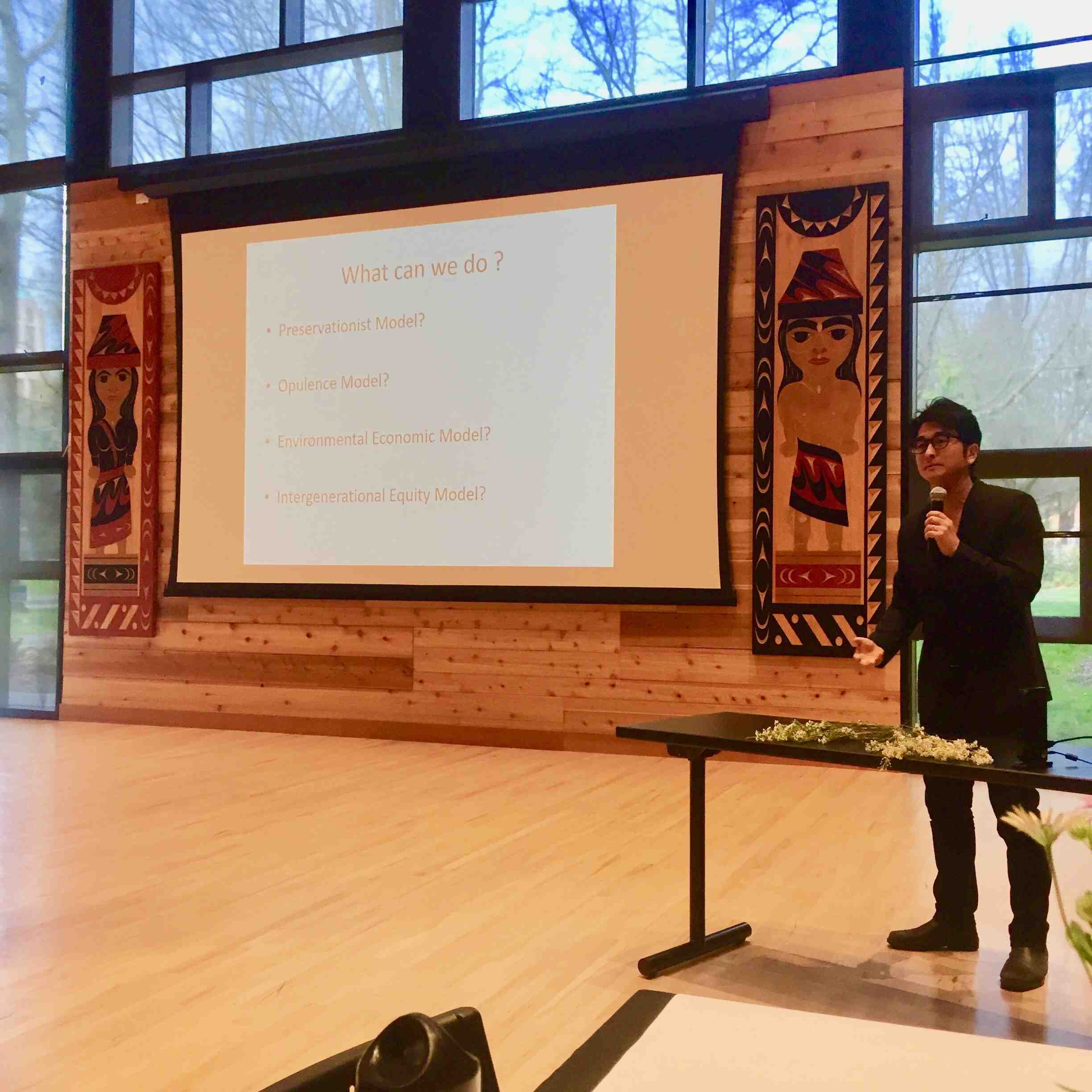New insights into an ancient antioxidant enzyme
Paraoxonase 2 (PON2) could play an important role in reducing the health impacts of toxicants. For this reason, the antioxidant enzyme has interested toxicologists for decades, yet its function in the body still remains mostly mysterious.


 On April 3rd, 2018 the University of Washington Exposures, Disease, Genomics, and Environment Center a
On April 3rd, 2018 the University of Washington Exposures, Disease, Genomics, and Environment Center a